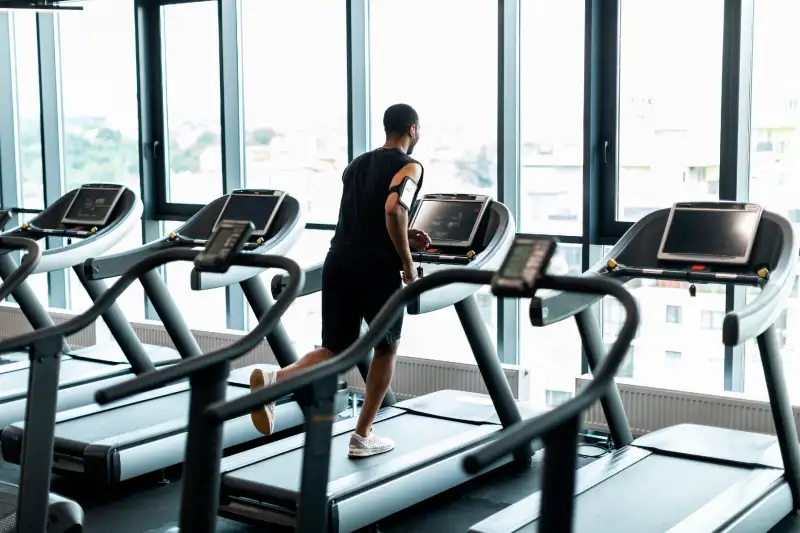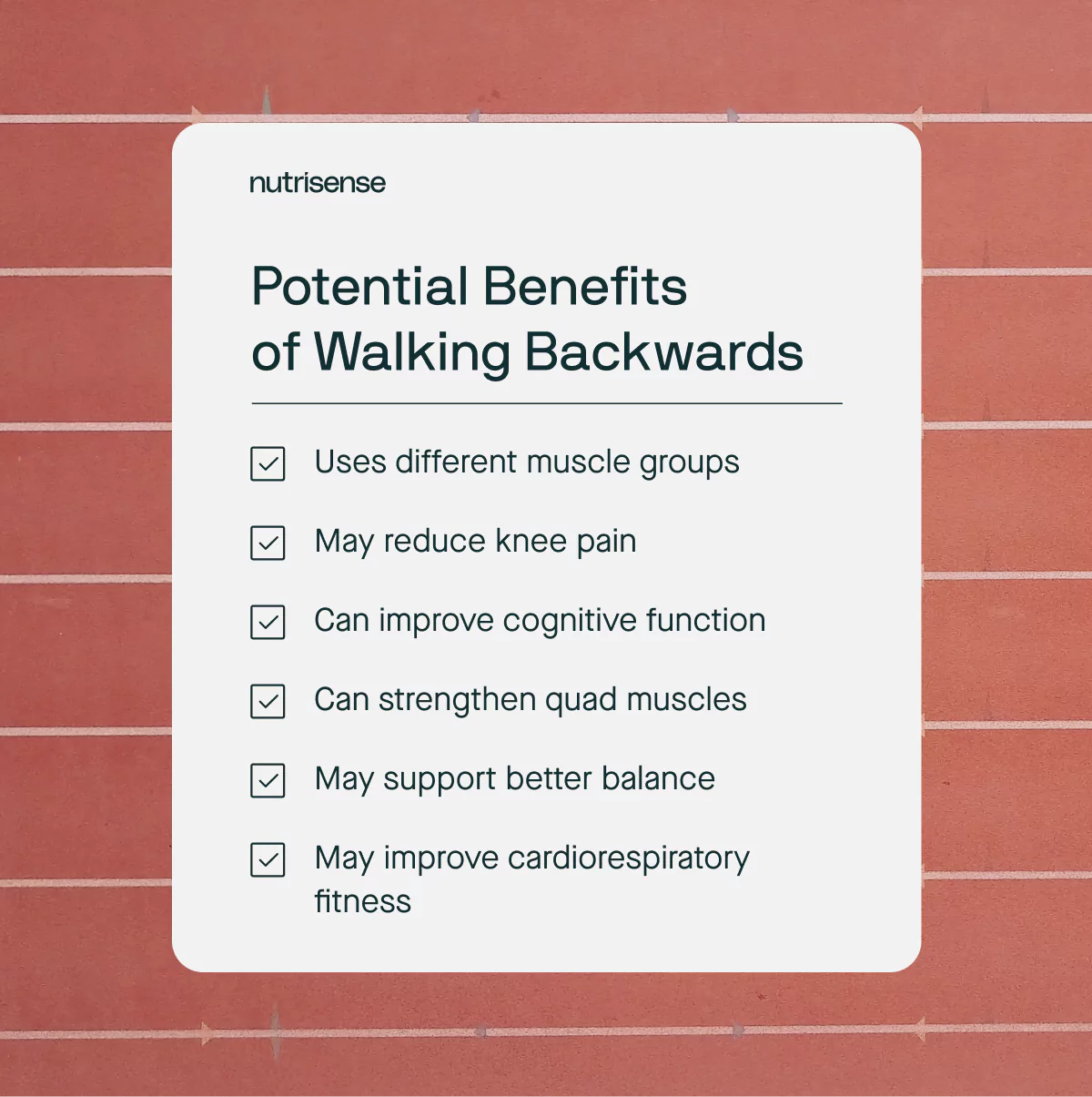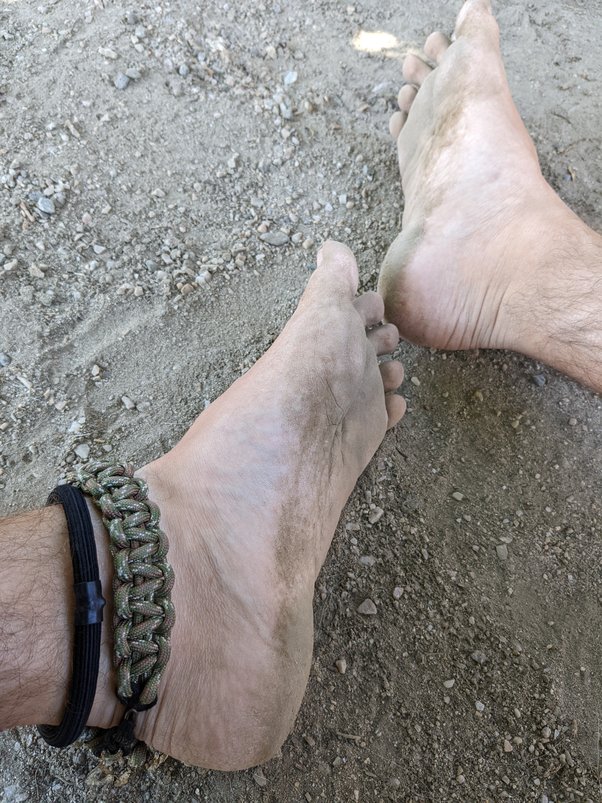What are the Benefits of Walking Backwards on a Treadmill: Boost Your Fitness
Walking backwards on a treadmill can benefit by engaging different muscles and improving balance. It also helps in burning extra calories and reducing stress on the joints.
Walking backwards on a treadmill offers a unique way to exercise and can provide several health benefits. This form of exercise helps in activating different muscle groups, which can enhance strength and coordination. It also challenges the body in a new way, promoting overall physical fitness.
Additionally, walking backwards can be a great addition to a workout routine for those looking to switch up their exercise regimen and add variety to their workouts. With proper caution and technique, walking backwards on a treadmill can be an effective and enjoyable workout option.

Credit: www.instagram.com
1. Improved Balance And Coordination
Walking backwards on a treadmill can have a significant positive impact on your balance and coordination. It engages various muscles and challenges your body in a different way than traditional forward walking. Let’s explore two specific benefits associated with this exercise.
1.1 Strengthening The Lower Body
Walking backwards on a treadmill helps to strengthen your lower body muscles, including your quads, hamstrings, and calves. This exercise puts extra emphasis on these muscles and forces them to work harder than when walking forward. By regularly walking backwards on a treadmill, you can gradually improve the strength and endurance of these muscle groups.
1.2 Enhancing Proprioception
Another benefit of walking backwards on a treadmill is the improvement in proprioception. Proprioception refers to your body’s ability to sense its position, movements, and physical orientation. This exercise requires you to be more aware of your body’s position in space, leading to enhanced proprioception.
By regularly engaging in this exercise, you can train your body to better understand its placement and movements, resulting in improved balance and coordination in your everyday activities. Additionally, enhanced proprioception can reduce the risk of falls and injuries, especially in older adults.
Overall, walking backwards on a treadmill offers numerous benefits. It strengthens your lower body muscles and enhances your body’s proprioceptive abilities, ultimately improving your balance and coordination. So, why not give it a try during your next workout session?

Credit: money.com
2. Increased Calorie Burn
Walking backwards on a treadmill can lead to an increased calorie burn compared to walking forward. This is due to the additional effort your body puts in to maintain balance and coordination while moving in the opposite direction. Let’s explore the specific benefits in more detail:
2.1 Engaging Different Muscles
When walking backwards on a treadmill, the body engages different muscles compared to walking forward. The glutes, hamstrings, and calves are activated to a greater extent, leading to a more comprehensive workout. This helps in toning and strengthening these muscles, offering a well-rounded fitness benefit.
2.2 Challenging The Body
Walking backwards on a treadmill challenges the body in new ways, providing a fresh stimulus to the muscles and cardiovascular system. This can lead to an enhanced calorie burn as the body works harder to maintain stability and coordination. Additionally, the increased challenge can help break through fitness plateaus and improve overall physical performance.
3. Reduction In Joint Impact
When it comes to walking backwards on a treadmill, one of the key benefits is the reduction in joint impact. This form of exercise can be gentler on your joints compared to walking forward, making it an attractive option for individuals looking to protect their joints while staying active.
3.1 Decreased Stress On Joints
Walking backwards on a treadmill decreases stress on joints such as the knees, ankles, and hips. The motion of walking in reverse engages different muscles and redistributes the impact on your joints, resulting in less strain and potential for discomfort.
3.2 Minimizing Risk Of Injury
By walking backwards, you are minimizing the risk of injury that can occur from repetitive forward motion. This is particularly beneficial for individuals with existing joint conditions or those recovering from injuries, as it offers a way to exercise with lower impact and reduced chances of exacerbating existing issues.
Benefits of Walking Backwards on a Treadmill Summary:
- Decreases stress on joints
- Minimizes risk of injury

Credit: www.nutrisense.io
4. Enhanced Cognitive Function
Walking backwards on a treadmill can enhance cognitive function by challenging the brain to adapt to a new movement pattern, improving coordination and balance. This unique exercise can help improve focus, attention, and mental clarity. Try incorporating backward walking into your treadmill routine for these cognitive benefits.
Walking backwards on a treadmill offers numerous benefits for not only our physical health but also our cognitive function. By engaging in this unique form of exercise, we can stimulate our brain and enhance our focus and concentration.
4.1 Stimulating The Brain
As humans, we are constantly seeking ways to challenge and stimulate our brain to keep it sharp and functioning optimally. Walking backwards on a treadmill provides an excellent opportunity to do just that. By moving in the opposite direction, our brain is forced to work harder to adjust our movements and maintain balance. This increased level of cognitive engagement can lead to improved neural connections and enhanced brain function.
4.2 Improving Focus And Concentration
Walking backwards on a treadmill requires a higher level of concentration compared to walking forward. As we move in the opposite direction, our brain must be fully present and focused on our surroundings to avoid any potential obstacles or accidents. This heightened level of attention promotes improved focus and concentration during exercise. By practicing this form of exercise regularly, we can train our brain to remain focused even in other day-to-day tasks, leading to improved productivity and mental clarity.
Frequently Asked Questions On What Are The Benefits Of Walking Backwards On A Treadmill
Is It Good To Walk Backwards On A Treadmill?
Yes, walking backwards on a treadmill can help improve muscle balance and coordination. It also engages different muscles and may provide a change in workout routine.
Does Walking Backwards Help Lose Weight?
Walking backwards can engage different muscles and burn more calories, potentially aiding weight loss efforts.
What Muscles Does Walking Backwards Work?
Walking backwards works the different muscles compared to walking forwards. It engages the glutes, hamstrings, calves, and core muscles. This motion also helps improve balance and coordination.
What Are The Disadvantages Of Walking Backwards?
Walking backwards can strain muscles, cause loss of balance, and increase the risk of falls.
Conclusion
Incorporating backward walking on a treadmill into your fitness routine can offer a range of benefits. From improving balance and joint strength to engaging different muscle groups, this unique exercise has the potential to enhance your overall workout experience. So, why not consider incorporating this innovative technique into your daily exercise regimen?







